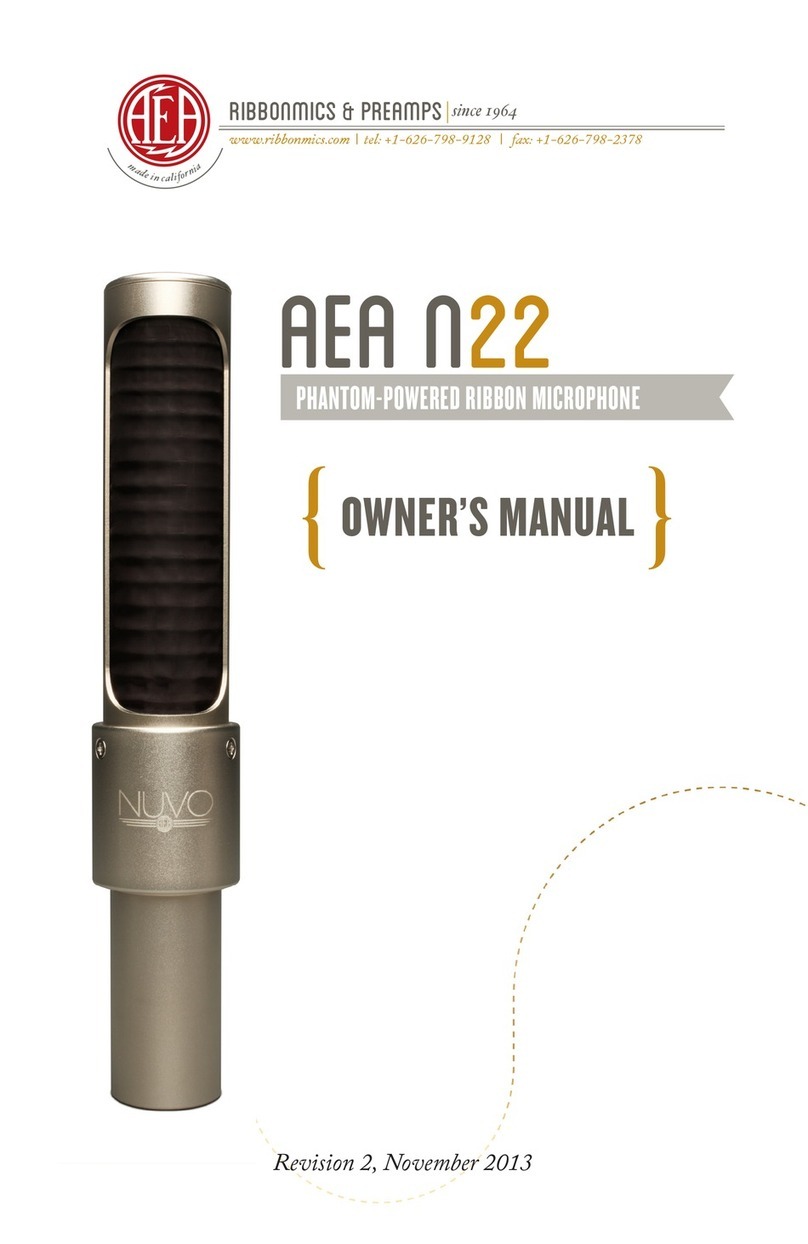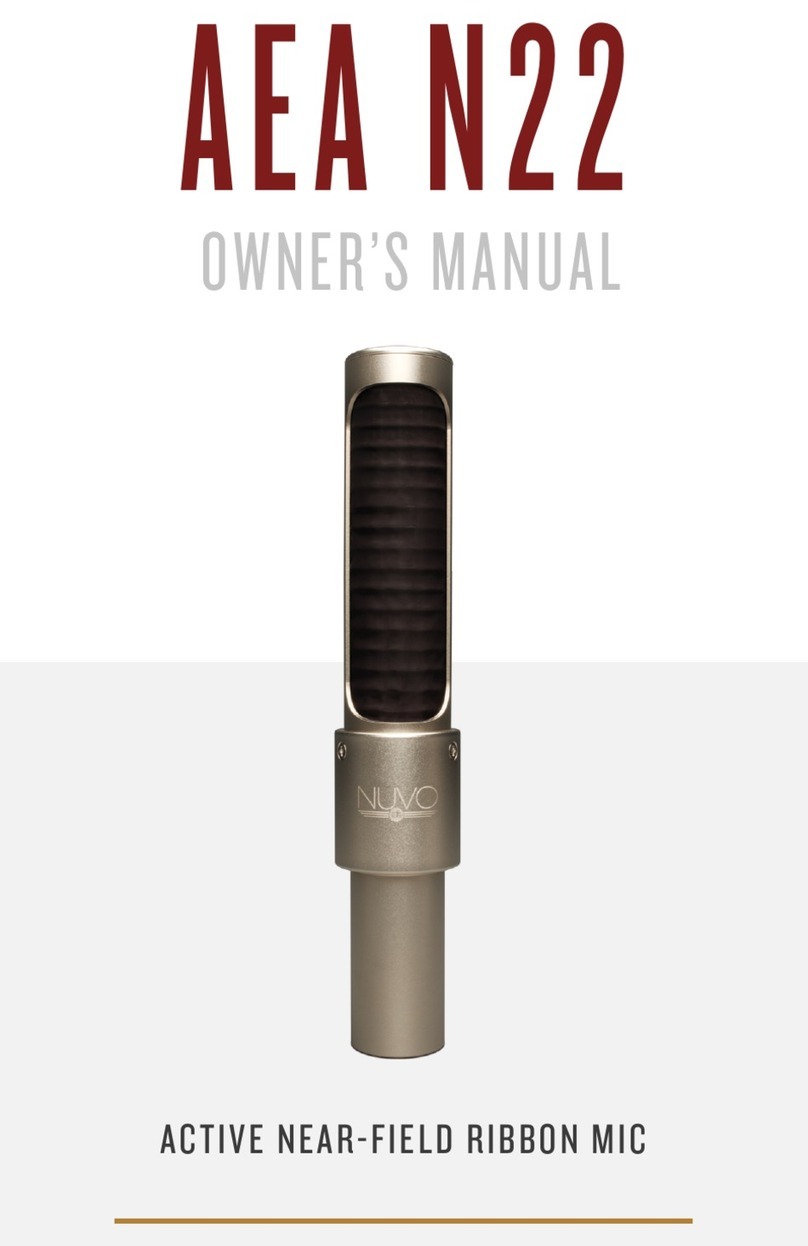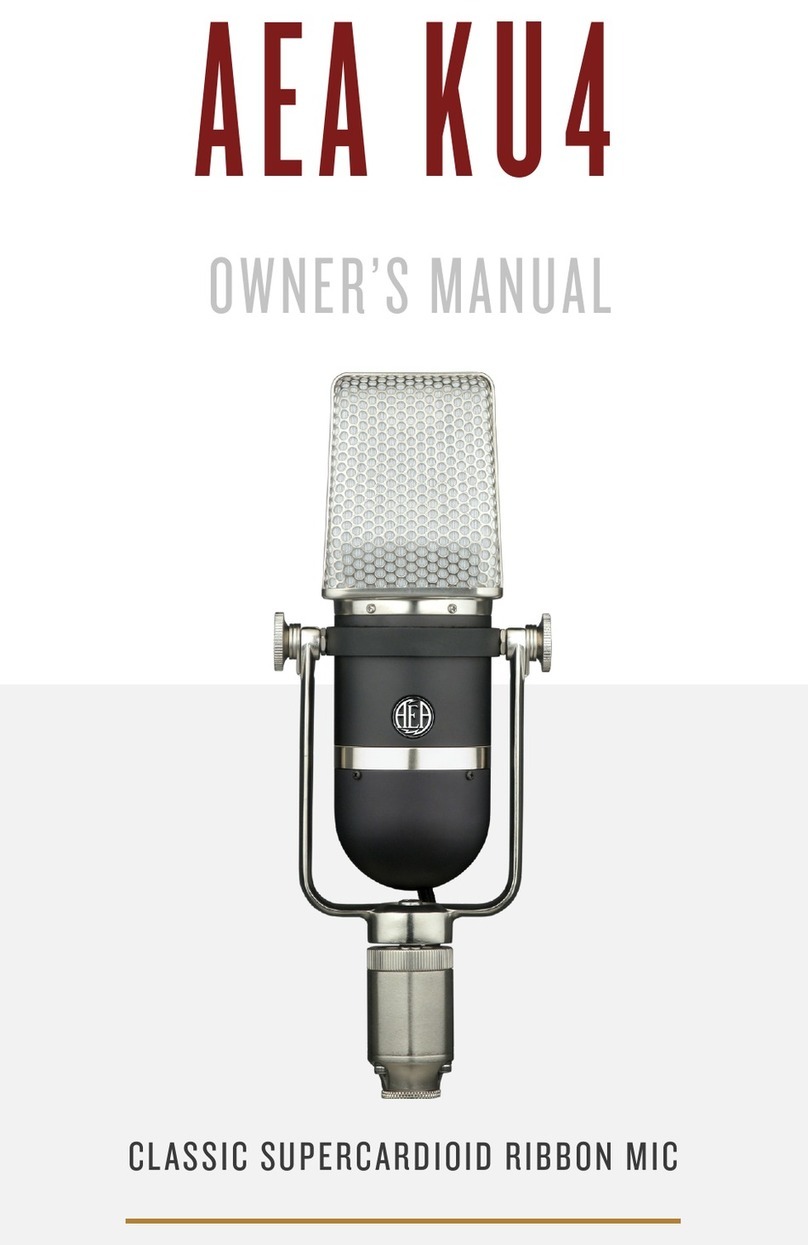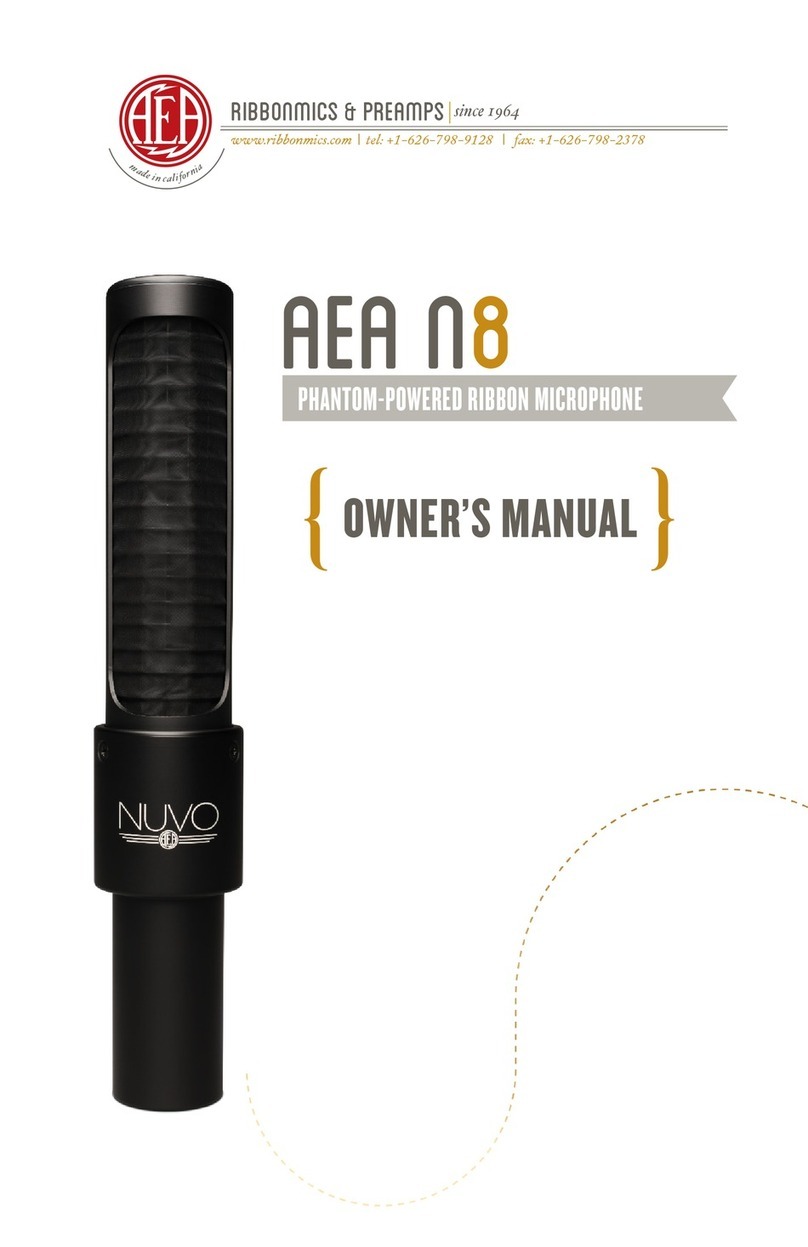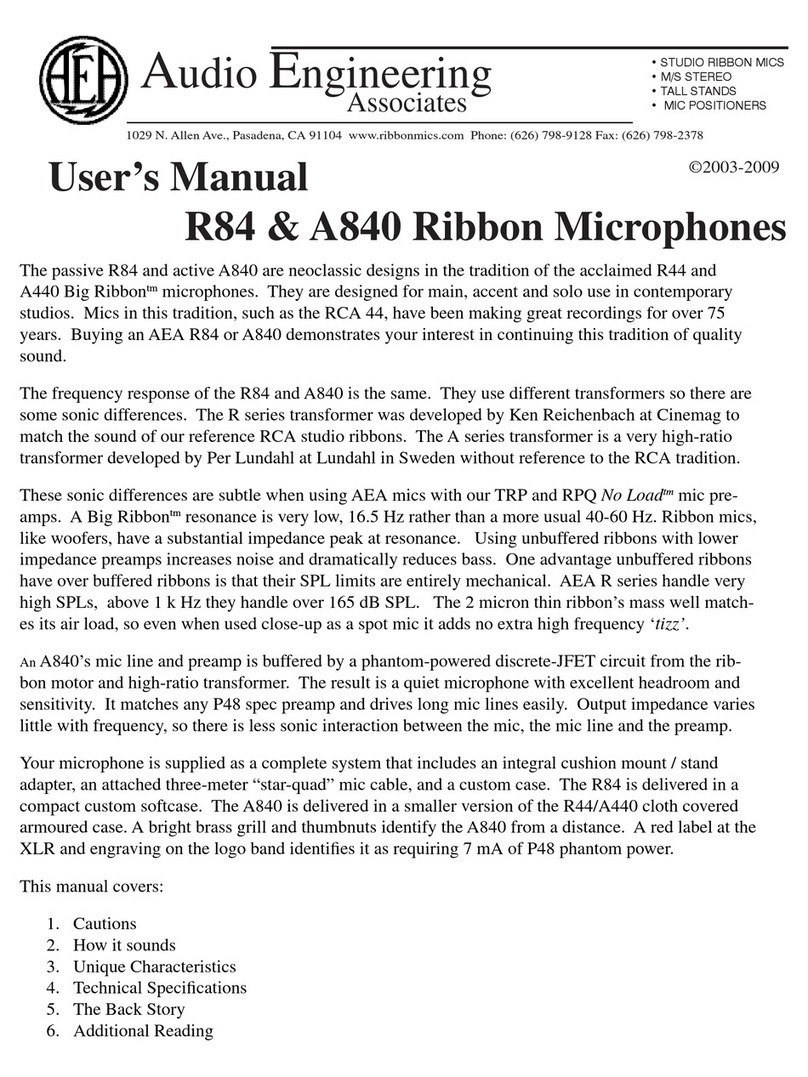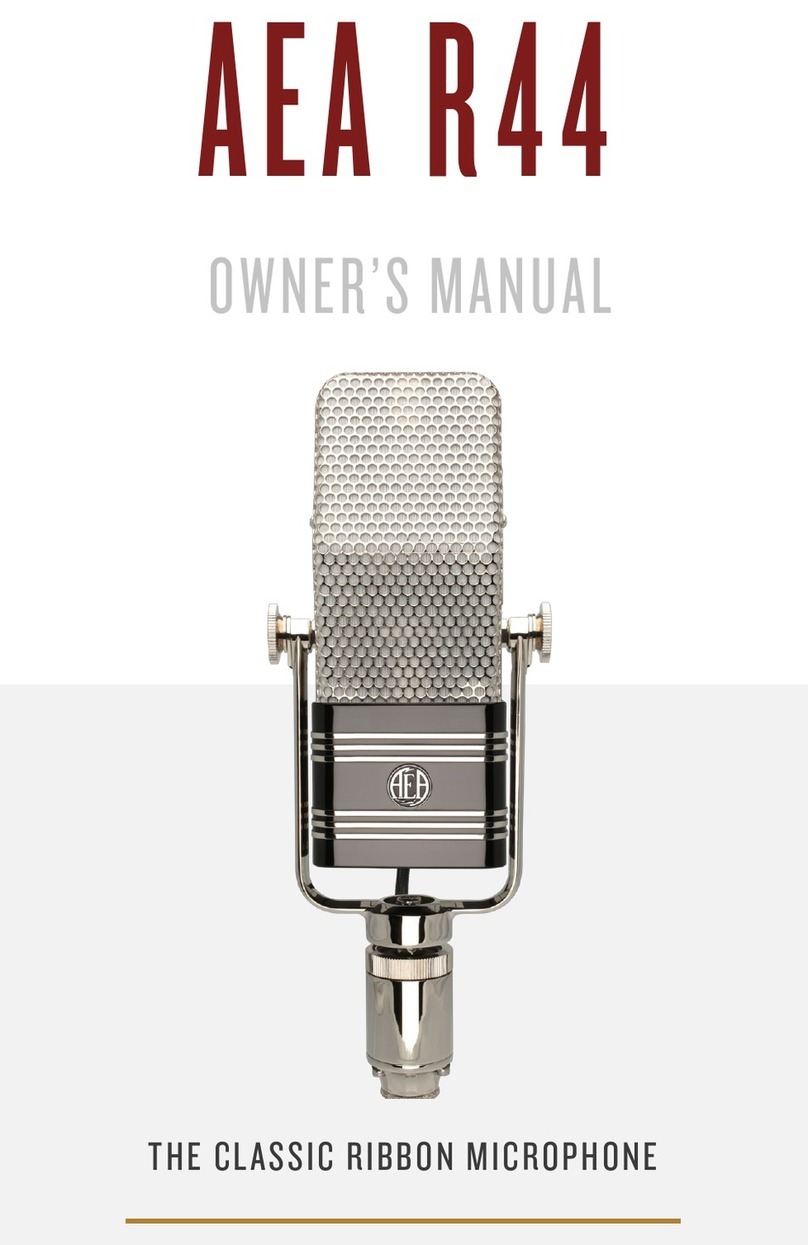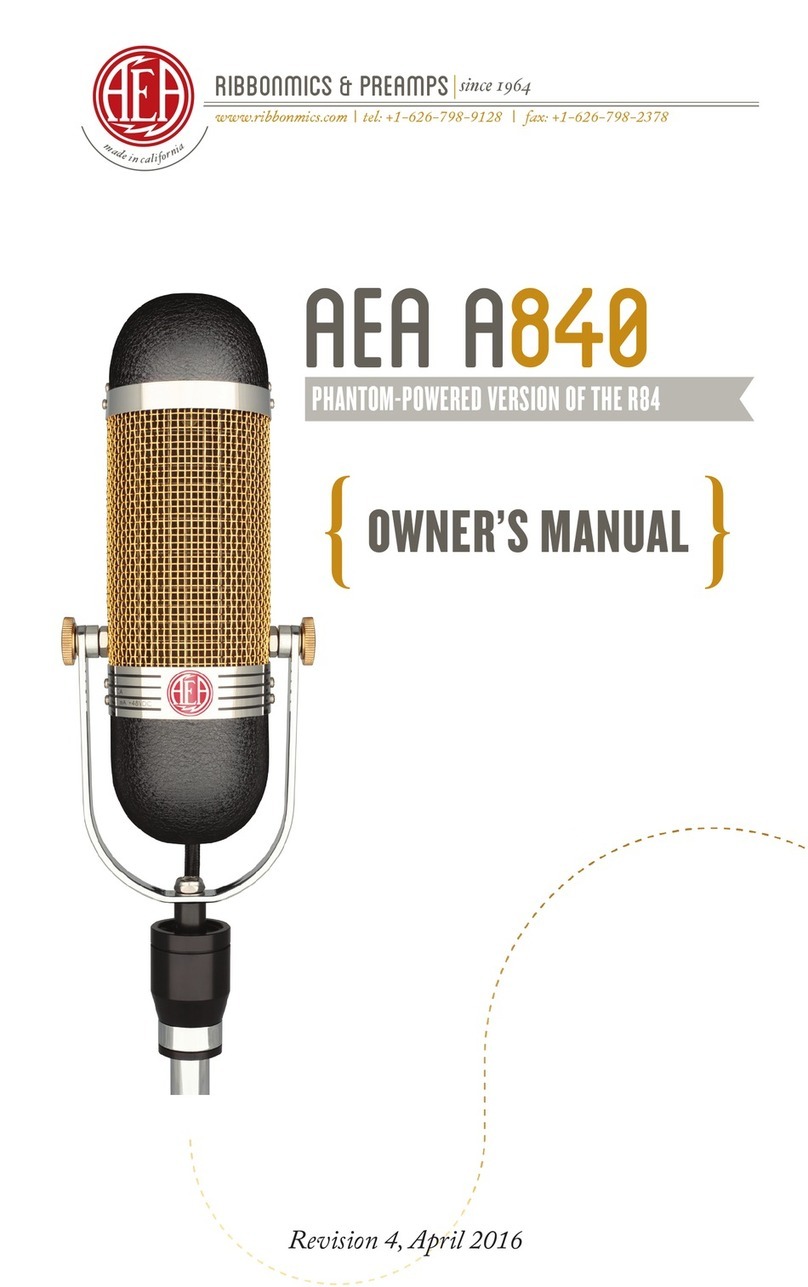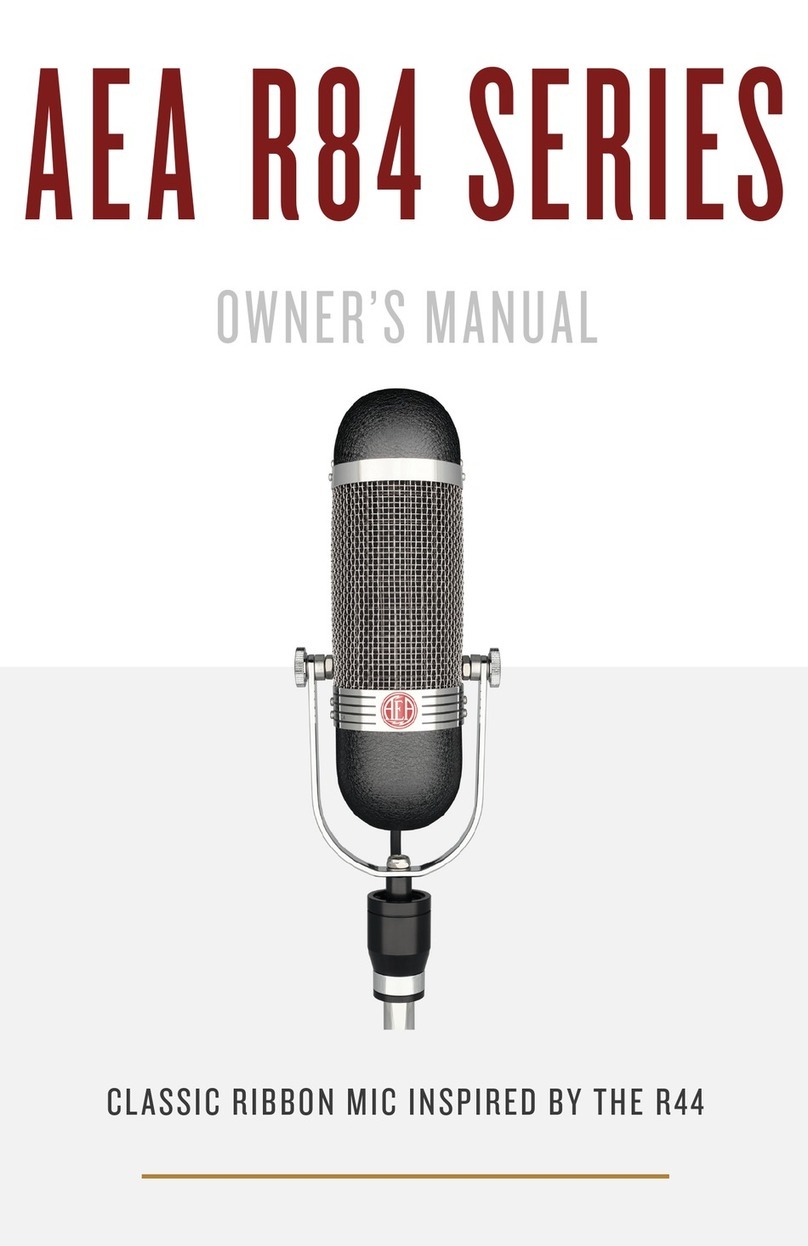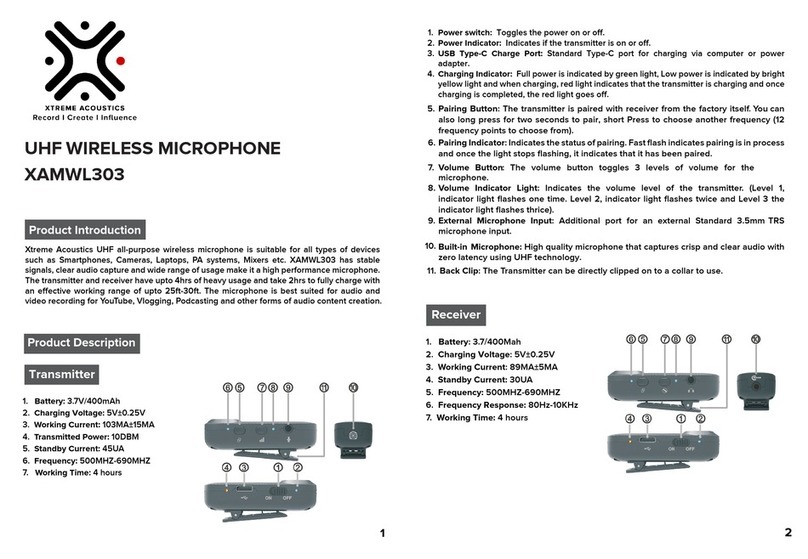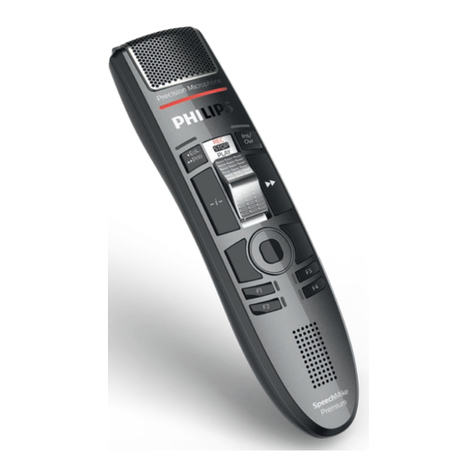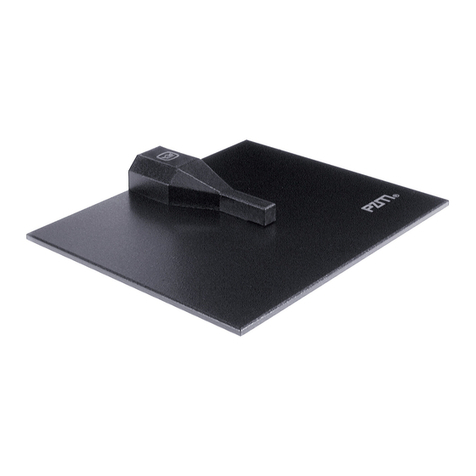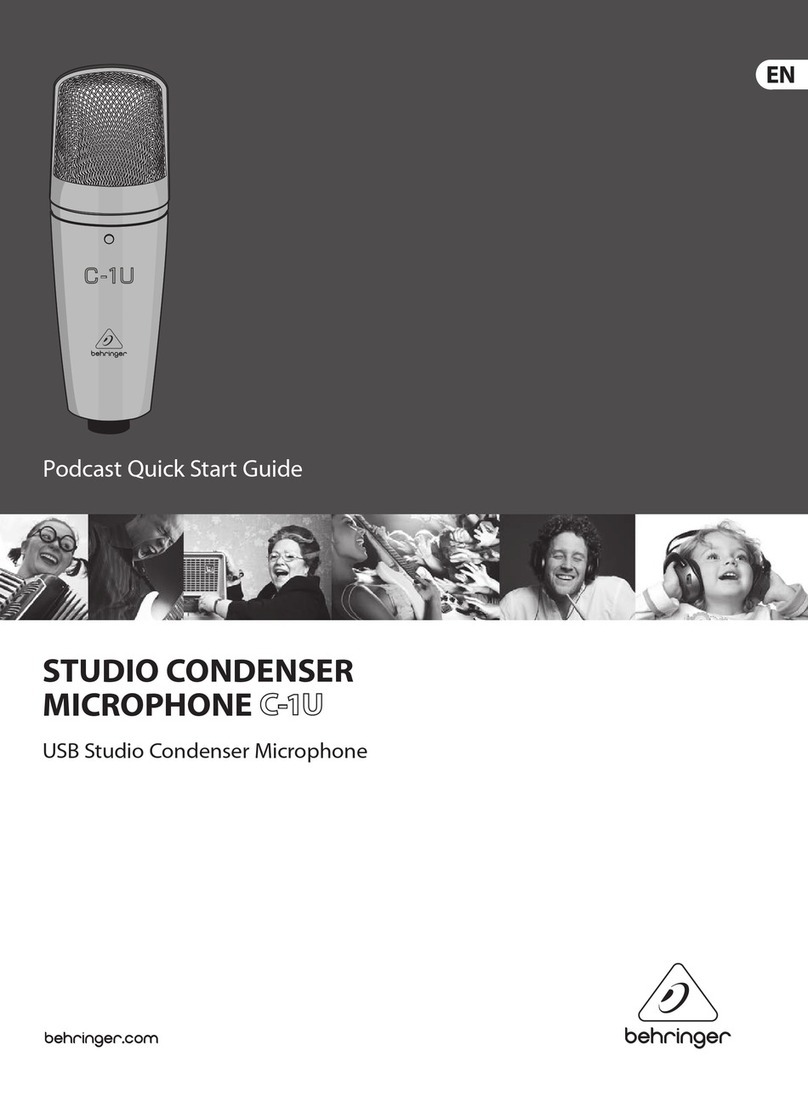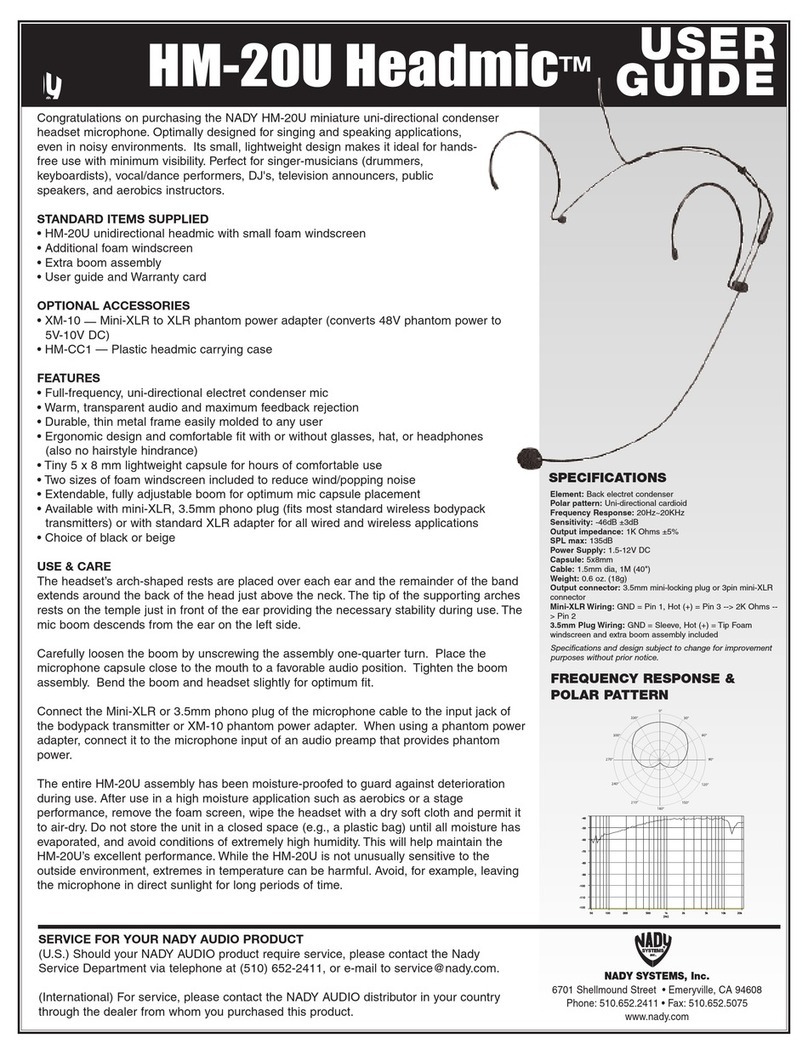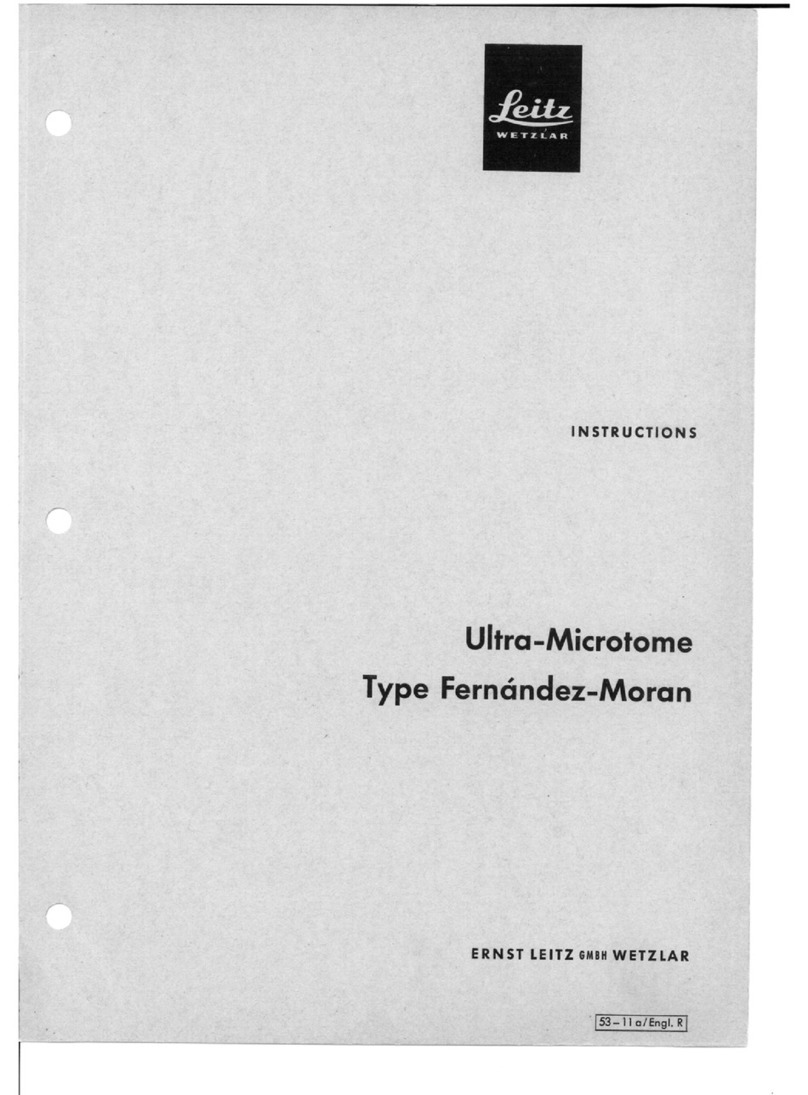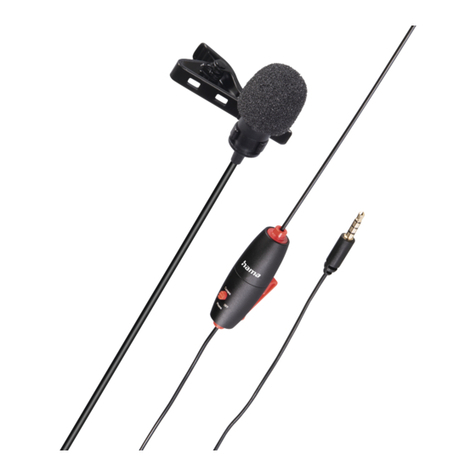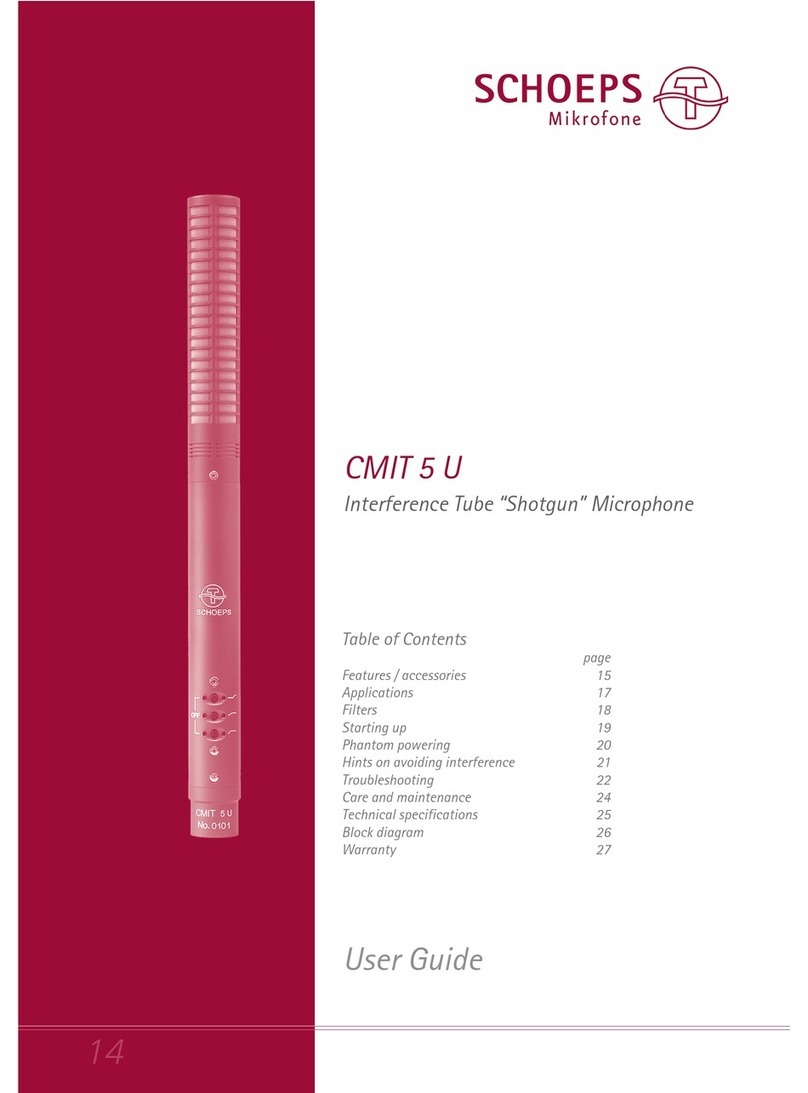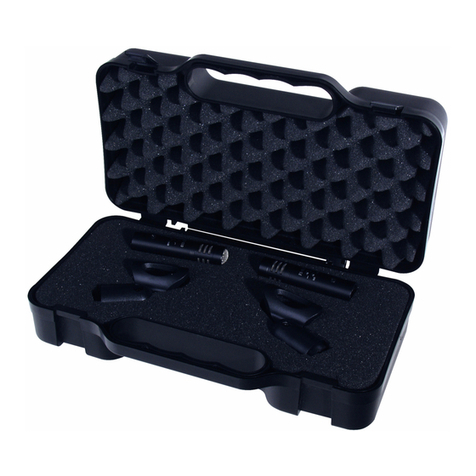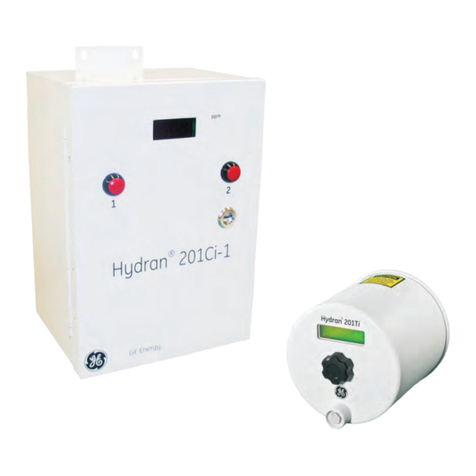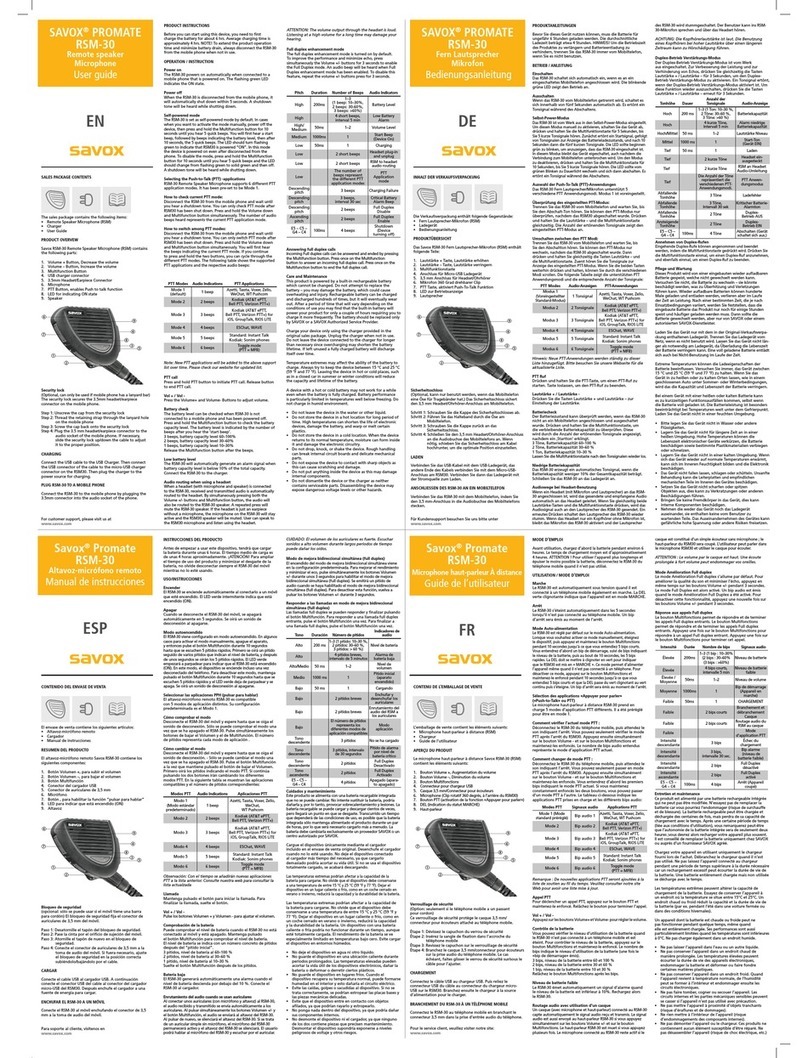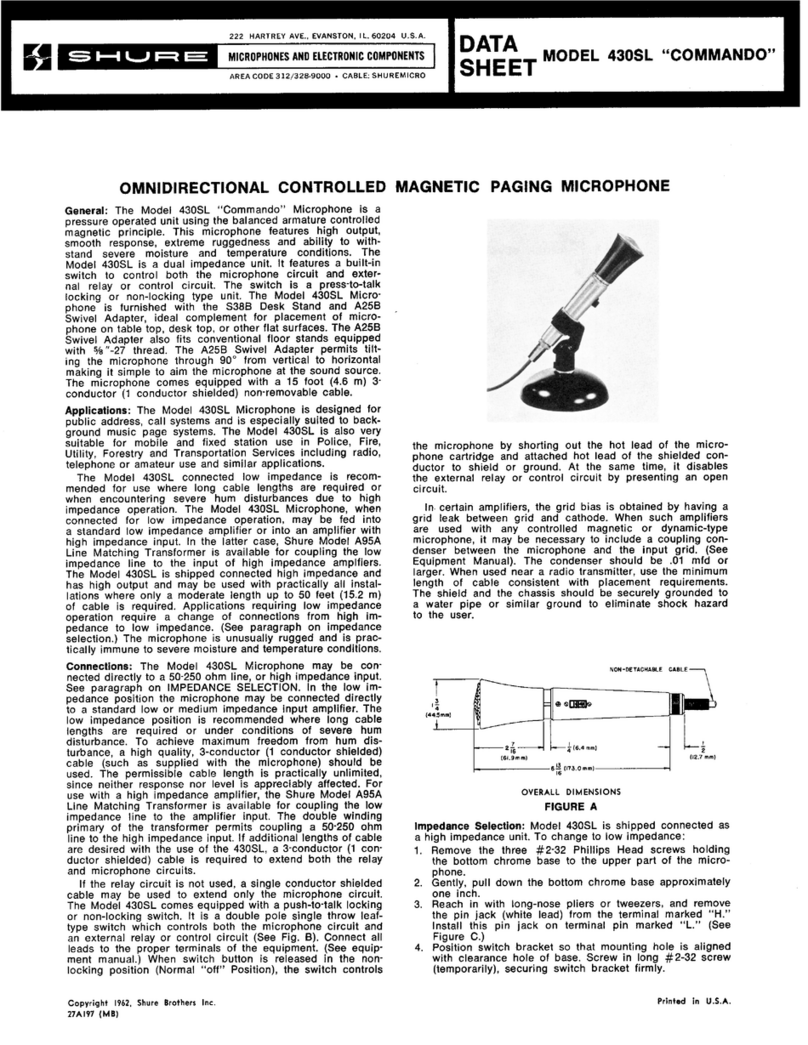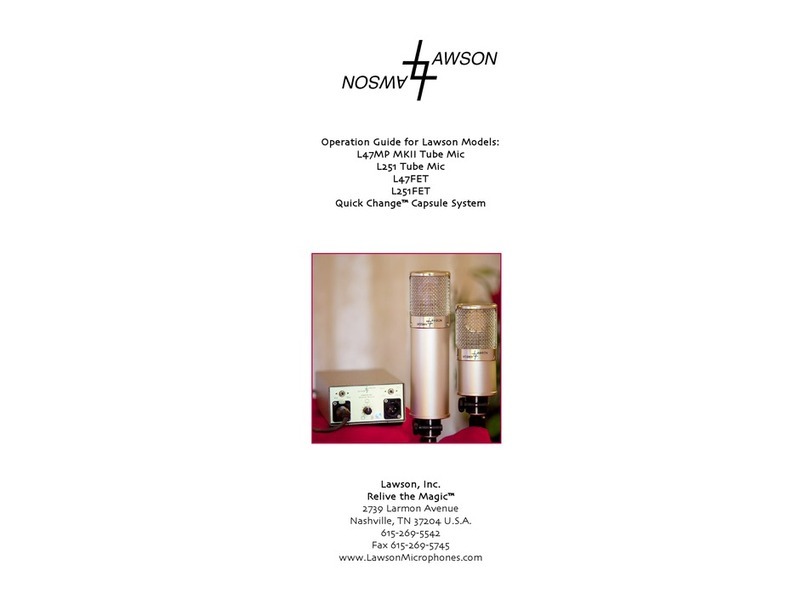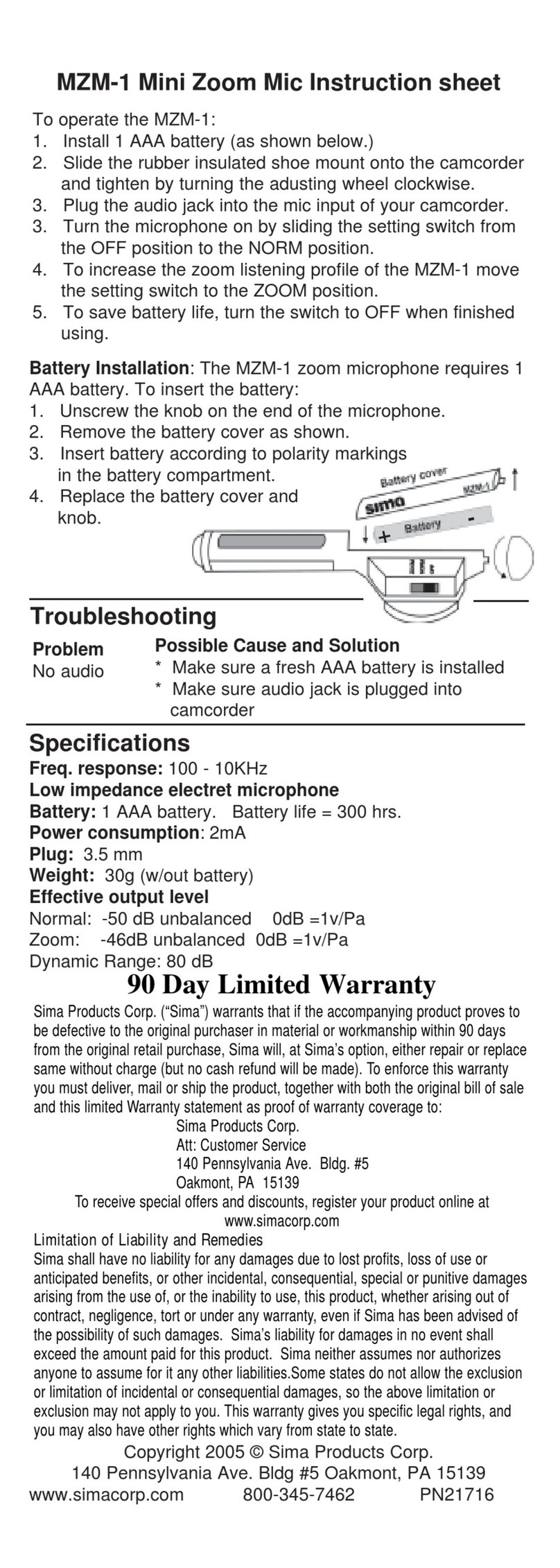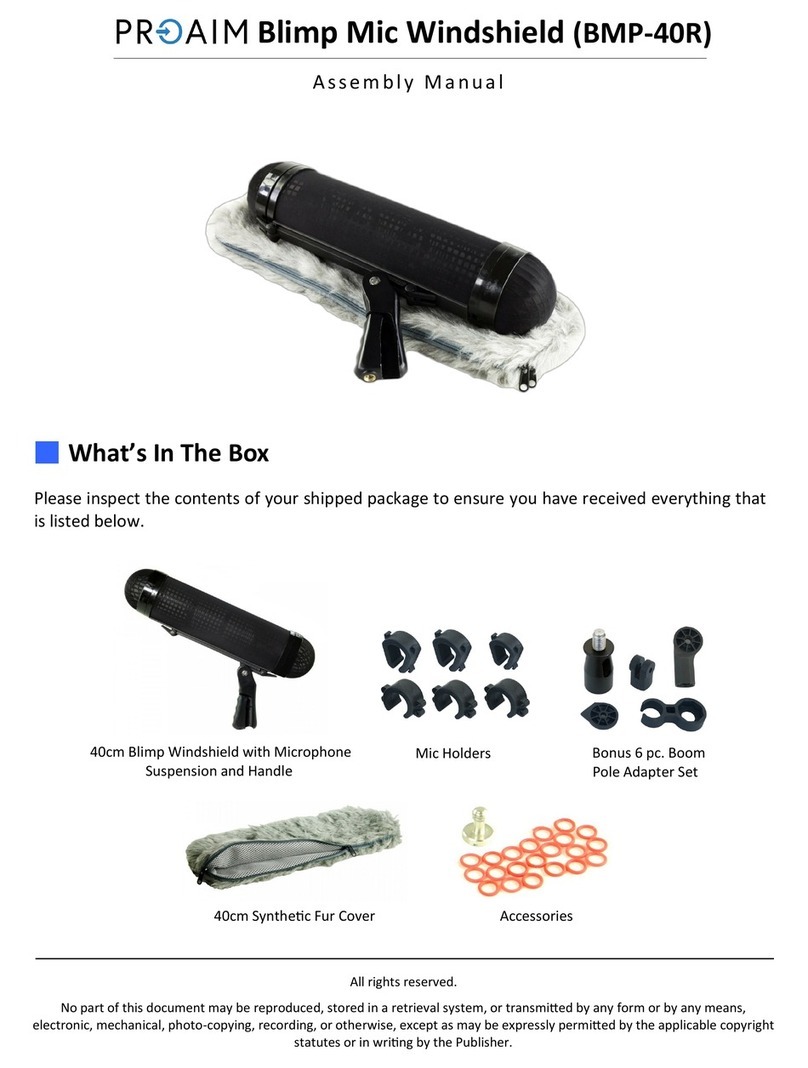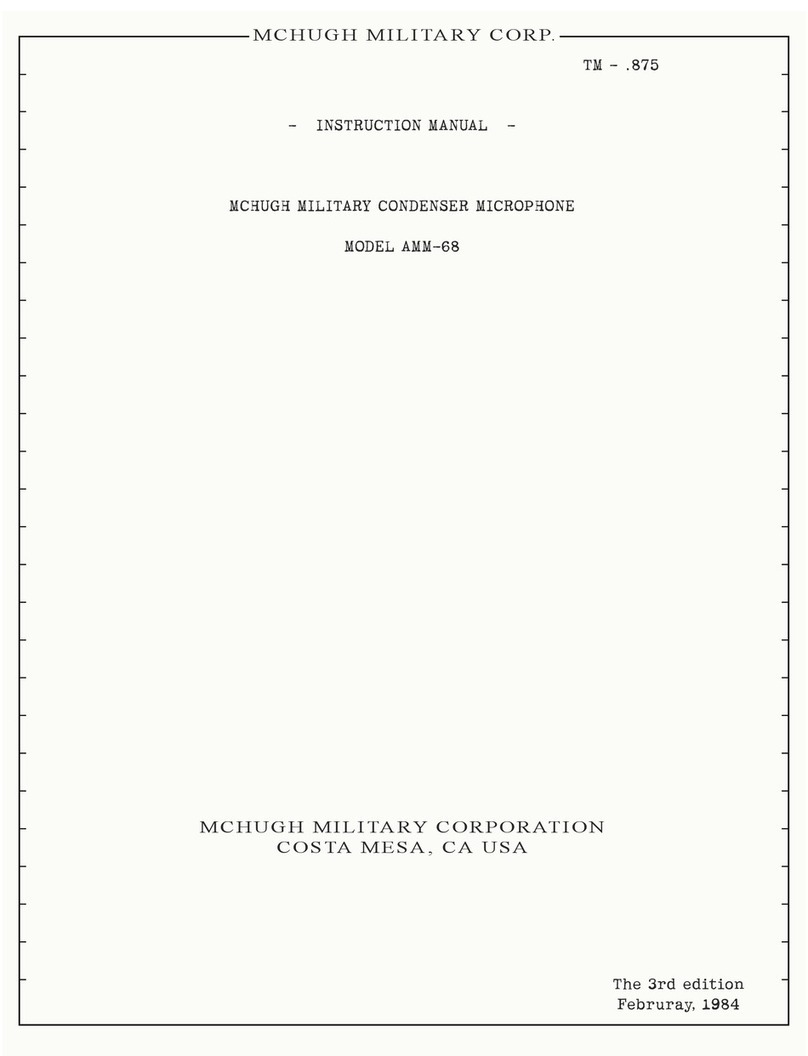AEA AEA N22 User manual

ACTIVE NEAR-FIELD RIBBON MIC
AEA N22
OWNER’S MANUAL

WELCOME
Congratulations on your purchase of the AEA N22 phantom-powered
ribbon microphone and welcome to the AEA family. Hard working
artists, honing their musical craft for many years, feel strongly about
their personal tone, so they need a microphone that translates their
signature sound in a recording. Whether you are a musician, home
studio owner, or experienced producer/engineer, you will nd that
the N22 provides a great ribbon tone without the need for EQ in most
applications. Most importantly, the N22 was designed by listening
rst, and measuring only after experienced musicians told us the
microphone sounded great. Bridging the gap between vintage
and modern, studio and live, the N22 is the perfect companion for
musicians and engineers alike.
Your N22 microphone is 100% handcrafted in Pasadena, CA. AEA is a
family owned company with a small crew of skilled technicians – most
of them being musicians themselves. Proudly independent, we still
manufacture all our ribbon microphones and preamps by hand from
locally sourced parts.
We hope that the N22 will help you capture many magical
performances that touch the heart. Read this manual thoroughly to
make sure that you get the best sound and longevity from your new
microphone. Please don’t be a stranger and become part of the AEA
community by sharing your experiences with the N22 via e-mail, phone
or our social media channels.
Wes Dooley
President of AEA
2

CONTENTS
WELCOME
INTRODUCTION
SUPPORT
GENERAL GUIDELINES
APPLICATION ADVICE
SPECIFICATIONS
2
4
4
5
7
11
3

INTRODUCTION
The N22 is a side-address, phantom-powered ribbon microphone
with a bidirectional (or figure-of-8) pickup pattern. It was designed
for close-up miking applications like acoustic and electric guitars,
vocals, drums, or piano, but it is also well suited to be used at
a distance thanks to its healthy output level. With phantom-
powered JFET electronics and a custom German transformer
the N22 achieves optimal performance with a wide range of
preamps ranging from vintage high-end models to USB or Firewire
audio interfaces in home studio setups. The highly protected
pure aluminum ribbon allows for using the N22 in live sound
applications and vocal recording without the need for an additional
pop-filter. The N22 is the first member of AEA’s NUVO series.
Rooted in the RCA tradition just like other AEA ribbons, all NUVO
microphones are designed to offer a fresh approach to the ribbon
transducer and represent Wes Dooley’s take on the evolution of the
ribbon microphone.
WARRANTY
SUPPORT
Your N22 mic comes with a one-year limited warranty
on parts and labor, shipping not included. Registering
your product with AEA will extend the warranty to a
full three years.
Register your microphone at AEAribbonmics.com/
register-your-aea.
If you should encounter any problems with your microphone
or have questions regarding using your N22 mic in specific
application, please contact our customer support team at support@
ribbonmics.com.
To talk to a live human being, call +1 (800) 798-9127, between 9:00
A.M.- 5:00 P.M. PT Monday through Friday. AEA's repair center is
located at 1029 N. Allen Ave, Pasadena, CA 91104, U.S.A.
4

GENERAL GUIDELINES
5
PHANTOM POWER
Your microphone is a valuable and important investment. Like any
piece of recording equipment or musical instrument, it requires
common sense and good basic care to keep it working properly.
Given simple, basic care, your new microphone will perform
admirably for decades.
Although the N22 needs a standard 48V phantom-power source to
operate, you should still make sure that phantom power is turned
off before plugging and unplugging the microphones. The loud
pops that occur when the microphone is plugged in with phantom
power engaged can damage speakers, headphones, and ears.
Since passive ribbon microphones or other transformer-coupled
microphones are particularly sensitive to phantom power, it is
recommended always to disengage phantom power before plugging
and unplugging any ribbon microphones.
The phantom current draw for active AEA ribbon mics is 7 milliamps.
IEC specifies P48 power should be able to deliver 10 milliamps per
input. Some USB and battery-powered audio interfaces won’t deliver
this. Please check the current values available on your unit to ensure
the best performance.
MICROPHONE STORAGE
Keep the microphone covered when it is not in use. Keeping the
microphone covered when it is not in use will reduce the possibility
of damage that might result from a sudden gust of air coming from
air-conditioning or an open door or window. Place the supplied
protective bag over the microphone when it is not in use. For long
term storage, place the microphone in its protective case. Minute
iron particles, sometimes known as “tramp iron,” are common
within our environment. AEA ribbon microphones contain powerful
magnets that produce strong magnetic fields. These fields can
attract any ferric metal near the microphone that, if they are small
enough, can penetrate the outer screening and work their way
inside the microphone. Over time, this “tramp iron” can build up
sufficiently in the magnetic gap to rub against the ribbon causing

6
AIR TURBULENCE
Never expose the microphone to strong air turbulence. Ribbon
microphones can withstand very high SPL (Sound Pressure Level)
without difficulty, but can be damaged easily by a sudden, strong
gust of air or high levels of very low frequency sound waves (like
from a kick drum or bass cabinet). This can stretch the ribbon,
causing the microphone to start sounding flabby. Sources that
may produce strong blast of air, such as the bass port on an
electric guitar or bass amp, a guitar being plugged (or unplugged)
while the amp level is turned fully up, an on-axis kick-drum hole
(particularly with a port on the head), are potentially damaging.
To avoid possible damage, follow this simple procedure when
positioning the microphone called "The Hand Test": put the back
of your hand where the mic will be; if you can feel the motion of air
on your hand, place a pop-filter between the microphone and the
source of the wind gusts or simply pull the mic further back. When
recording kick drums or bass guitar cabinets, angle the microphone
to make sure that no wind blasts hit the microphone directly on-axis
from the front or back.
Never blow directly into any microphone to test it. Not only
does this force moisture and dirt into the microphone, strong air
movement also can stretch the ribbon and while it may not break,
it nonetheless could significantly degrade the microphone’s
performance. The ribbon in the N22 is protected by multi-layered
screens and grille cloths to provide superior wind protection.
Nonetheless, using it outdoors requires special care to avoid wind
which can damage the ribbon. Indoors, however, it is also important
to avoid serious air movement from stage curtains, open windows,
doors, or air-conditioning systems.
Windtech developed a custom foam windscreen that contours
the form of the N8 and N22 grille structure. This AEA NUVO
windscreen provides excellent protection from wind blasts,
significantly reduces breath noise on close-up vocals, and allows
you to use your NUVOs outdoors. The NUVO Windscreen and other
accessories can be ordered through AEA’s online store.
distortion, electrical shorts or tearing of the ribbon. The best
prevention is to keep the microphone in its case or covered with
the supplied plastic bag when it is not in use.

7
MAGNETIC STRAY FIELDS
MICROPHONE POSITIONING
The shock-mounted clip that is supplied with the N22 microphone
was designed to keep structure-borne noise transmitted through
the microphone stand away from the low-tuned ribbon transducer.
For the shock mount to function as intended and to avoid vibration
entering the microphone through its attached cable, it is important
to provide a slack loop by tying the microphone cable tightly to the
microphone stand with a cable tie, shoelace, or string. (A Velcro®
tie will not be tight enough.
APPLICATIONS ADVICE
We actively encourage users to visit AEAribbonmics.com to
access our comprehensive collection of in-depth articles and
tutorials featuring the N22 microphone, along with a library of
audio and video demonstrations of the N22 in action.
Ribbon microphones are fundamentally prone to picking up
strong external magnetic fields caused by light dimmers or nearby
power transformers. Guitar players will know this phenomenon
from single-coil pickups. Even though much attention was paid
to suppressing such sensitivity to external magnetic fields in
the design of your microphone, it is still possible that you might
encounter this problem. If you should pick up a hum, try rotating or
moving the microphone to find a spot where the hum disappears,
and try eliminating potential sources of stray magnetic fields. You
can use the microphone to find where hum is originating. Rotate
the mic for maximum interference and move it back and forth to
sense its direction.
The high-performance magnets used in AEA microphones are
incredibly strong, and a significant amount of stray magnetic field
lines surround the microphone. Avoid placing the microphone in
close proximity to hard drives, credit cards, analog tape, or any
other magnetically sensitive items to prevent any data loss.

HOW TO MINIMIZE BLEED
A significant and ever-present challenge in contemporary
studio recording is minimizing “bleed” (also called “leakage” or
“crosstalk”) from nearby instruments into the various microphones.
The deep nulls of bidirectional ribbon microphones provide good
rejection of unwanted sounds, which also can be beneficial in
sound reinforcement situations where feedback is always a threat.
While gobos can be effective in isolating performers from each
other, they introduce their own set of problems - not the least of
which are reflections in close proximity to the performers and/
or microphones that result in comb-filter distortions. Since gobos
usually are bulky, they also inhibit the ability of the musicians to
hear and see each other easily. Such a setup requires complex and
often cumbersome headphone monitor mixes for the musicians.
Since the N22 is bidirectional, it exhibits nulls at right angles to the
principal axis. These nulls produce a “plane of rejection” around
the sides, top and bottom of the mic that can be used effectively
to reduce leakage. Simply arrange the musicians so that nearby
instruments are placed in the “null” of their neighbor’s microphone,
and vice versa. Although this does not entirely eliminate the need
for gobos, it can significantly reduce their number.
Keep in mind that a certain degree of bleed is not necessarily bad.
8
Figure-of-8 microphones are constructed with positive polarity on
the front and negative polarity on the back. Positive pressure on the
front side of the ribbon produces a positive voltage on Pin-2, with
respect to Pin-3 on the output connector.
In addition to polarity, this is the result of using two wraps of grille
cloth on the back and
only one on the front.
When using the rear lobe,
remember to invert the
polarity on your preamp
or DAW. This ensures your
recordings with the back
lobe will be in-phase with
other microphones.
A FIGURE-OF-8 MICROPHONE

9
PROXIMITY EFFECT
A NEAR-FIELD RIBBON
For some styles and genres, it can, in fact, be beneficial to embrace
a little bit of bleed in order to create cohesive and natural sounding
recordings. The important thing to listen for is whether or not other
instruments that bleed into a specific instrument microphone still
sound natural. You will generally find that well-designed ribbon
microphones like the N22 capture a natural off-axis sound, which
means that bleed from other instruments can contribute to the
overall sound in a pleasing way.
Proximity effect
is a characteristic
of all directional
microphones; it is a
rise in low-frequency
response that
increases at closer
working distances.
While this can be
used to good effect,
particularly with male
voices to give them
an enhanced richness and depth, the potential trade-off is reduced
articulation or clarity that can result from the masking effect on the
treble due to “excessive” bass boost.
The N22's internal design creates a balanced treble and bass ratio
at a close distance to the source. The near-field N22 contains a
built-in mechanical high-pass filter that allows users to place the
mic right up against an instrument. This is all done without an EQ
circuit. It naturally reduces proximity effect while also avoiding the
room tone that can cause problems in smaller spaces or iso booths.
The N22 is a near-field ribbon mic and is best used up-close to
the source. Its optimal distance for miking is between one and 18
inches (2 cm – 0.5 meters) and is perfect for electric guitar and bass
cabs, kick drum, acoustic guitar, and vocals. Because the midrange
and top-end are not obscured by proximity effect, it also alleviates
the need to blend an additional dynamic mic to add more bite.
Because it has less proximity effect, it allows you to get right up
against the source while still retaining a balanced sound.

SPECIFICATIONS
Operating Principle:
Directional Pattern:
Frequency Range:
Maximum SPL:
Sensitivity:
Output Impedance:
Recommended Load Impedance:
Phantom Power:
Polarity:
Polar Response:
Horizontal:
Vertical:
Transducer Element Material:
Thickness:
Width:
Length:
Microphone Dimensions:
Height:
Width:
Depth:
Weight:
Shipping Weight:
Connector:
Pressure gradient transducer
Bidirectional
<20 Hz to >20 kHz
141 dB SPL (1% third harmonic > 1 kHz)
8.3 mV/Pa (at 1 kHz, no load)
92 Ω broadband
1.0 kΩ or greater
P48 phantom power, 7 mA
Pin 2 high for positive pressure at the
front of the microphone.
Native bidirectional, gure-of-8 pattern
Up to 90 dB rejection at right angles to the
front/back axis.
Level changes with angle of incidence, but
frequency response is consistent.
Pure aluminum corrugated ribbon
1.8 µm
0.185 in (4.7 mm)
2.35 in (59.7 mm)
8.83 in (22.5 cm)
1.62 in (11.7 cm)
1.62 in (9.5 cm)
12 oz (335 g)
1 lb 13 oz (810 g)
XLR-3M
Accessories Included:
Storage/shipping case, microphone stand clip,
custom protective mic sleeve, user manual.
10

0
-6
-12
-18
-24
-30
dB 30°
60°
90°
120°
150°
180°
-150°
-120°
-90°
-60°
-30°
10000Hz
4000Hz
2000Hz
1000Hz
500Hz
200Hz
Directivity
1.38”
8.83”
1.62”
FREQUENCY RESPONSE
0 dB = -55dBV referenced to one Pascal (94 dV SPL).
11

Other manuals for AEA N22
3
Table of contents
Other AEA Microphone manuals
